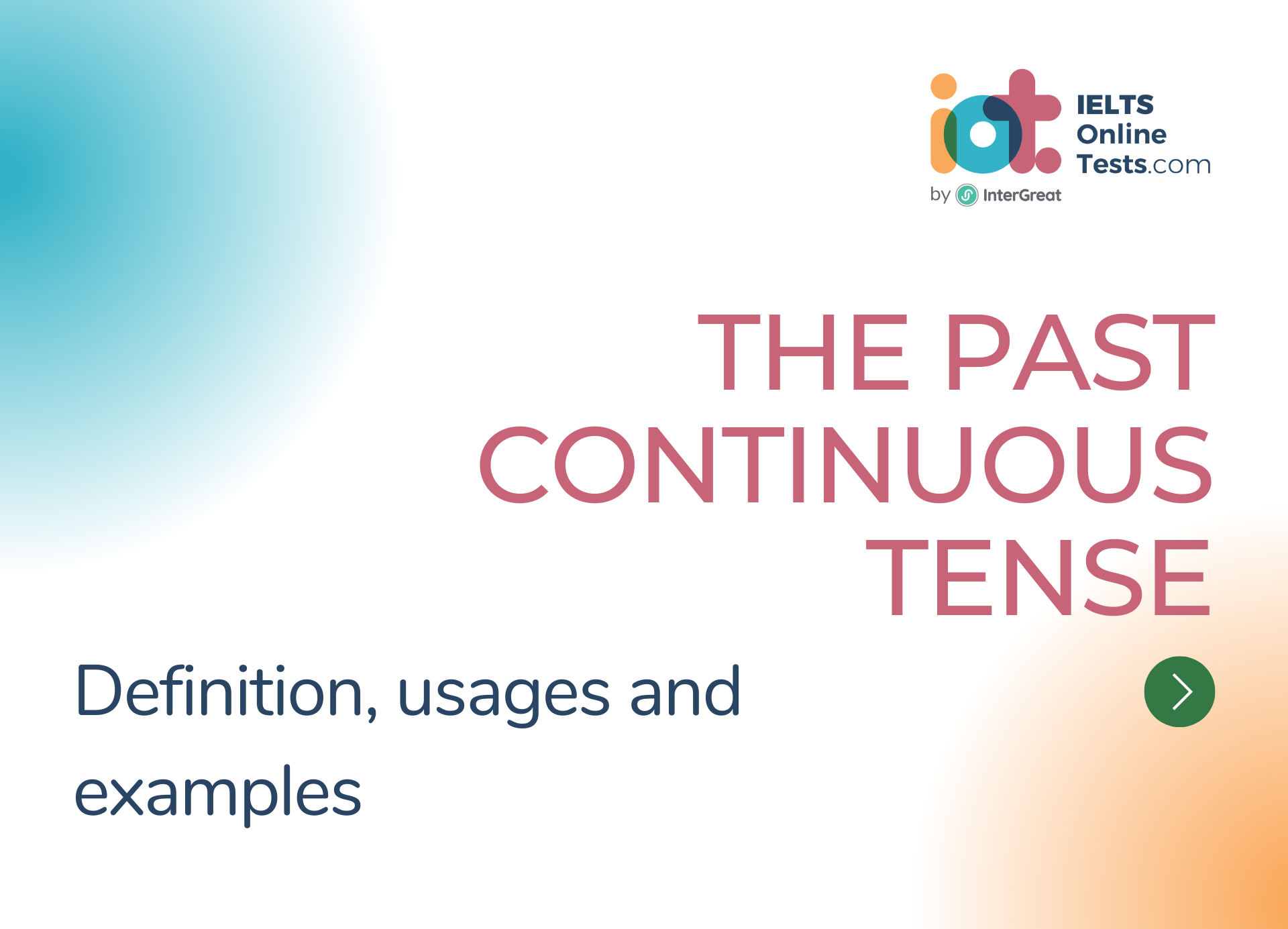
The past continuous tense
The past continuous tense, also known as the past progressive tense, is used to describe ongoing actions that were happening at a specific time in the past. It emphasizes the duration or continuity of an action in the past.
Here's a detailed explanation of the past continuous tense:
1. Formation of the Past Continuous Tense:
- The past continuous tense is formed by using the past tense of the auxiliary verb "to be" (was/were) followed by the present participle form (-ing form) of the main verb.
- Example: "They were playing soccer."
2. Usage of the Past Continuous Tense:
- Describing ongoing actions in the past:
- Example: "I was studying when she called me."
- Setting the background or context for another action or event in the past:
- Example: "She was cooking dinner while he was watching TV."
- Expressing simultaneous actions or events in progress:
- Example: "We were talking and laughing at the same time."
- Indicating interrupted actions or events:
- Example: "He was reading a book when the phone rang."
3. Examples of the Past Continuous Tense:
- Example: "I was studying all night for the exam."
- Example: "They were traveling in Europe last summer."
- Example: "She was writing a letter when the power went out."
- Example: "We were watching a movie when it started to rain."
- Example: "He was running late for the meeting."
4. Time Expressions Used with the Past Continuous Tense:
- Time expressions such as "at that time," "while," "when," "as," "during," or specific time references are commonly used with the past continuous tense.
- Example: "She was cooking dinner at 7 PM."
5. Negative and Interrogative Forms:
- To form negative sentences, add "not" after the auxiliary verb "be."
- Example: "He was not listening to music."
- For interrogative sentences, invert the subject and the auxiliary verb "be."
- Example: "Were you playing soccer?"
The past continuous tense allows us to describe actions or events that were in progress at a specific time in the past. It emphasizes the ongoing nature of the action and provides context to the past events. By using this tense correctly, we can effectively convey information about past activities or situations in English.




